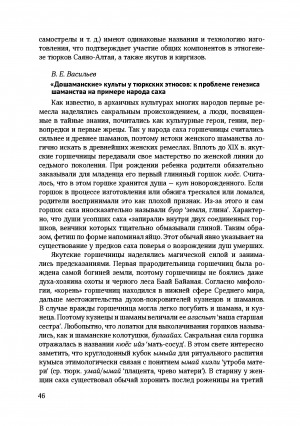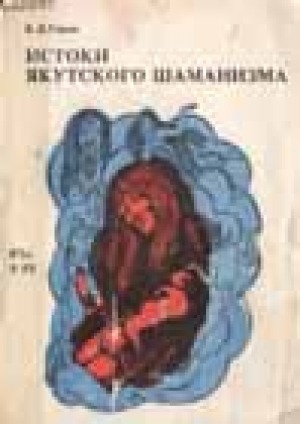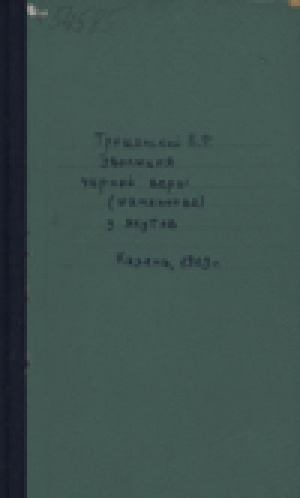QR-код документа
Как сканировать QR-код?
Для пользователей Android:- Скачайте приложение для сканирования QR-кодов (Google Play)
- Откройте скачанное приложение;
- Наведите камеру на QR-код.
- Откройте приложение "Камера";
- Наведите камеру на QR-код;
- Нажмите на всплывающее уведомление.
Рекомендации по теме
Традиционные верования нганасан Ч. 1 Традиционные верования нганасан Ч. 2
Другие выпуски
Номера года:
Вам будет интересно
Шаманизм тюркоязычных народов Сибири = The international conference on shamanism : по материалам Сеульской конференции Reflection of Arctic geocultures in the sounding attributes of the shaman costumes of Sakha, Evenks and Nganasans Shamanic worlds: rituals and lore of Siberia and Central Asia Шаманизм и ранние религиозные представления Якуты: опыт этнографического исследования. Том 1 Мужское и женское в звучащем ландшафте Арктики: комплекты подвесок на традиционной одежде нганасан = Male and Female in the Soundscape of the Arctic: Pendants on Traditional Nganasan Clothing Времена сновидений: [видеозапись] "Дошаманские" культы у тюркских этносов: к проблеме генезиса шаманства на примере народа саха Истоки якутского шаманизма Эволюция черной веры (шаманства) у якутов






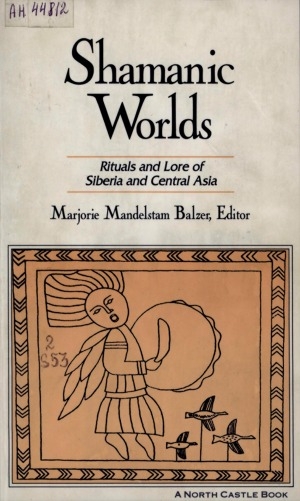
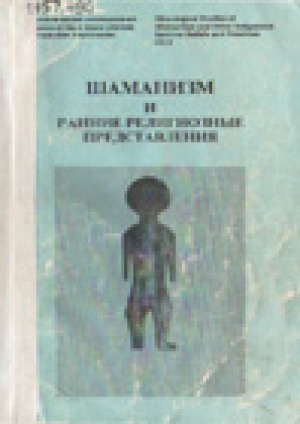
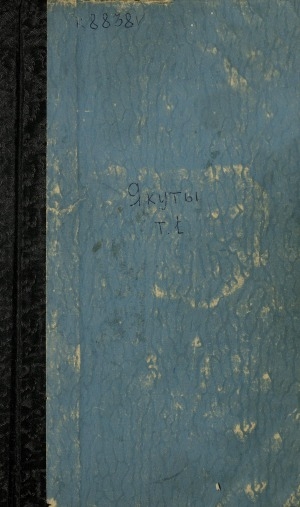

![Обложка Электронного документа: Времена сновидений: [видеозапись]](/_next/image?url=https%3A%2F%2Fe.nlrs.ru%2Fimgs%2Fcovers%2F61580.jpg&w=1920&q=100)
